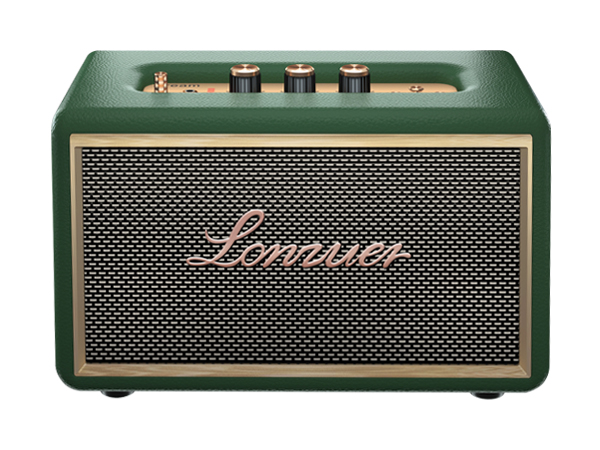
Basic concept of sound:
Each instrument has its own unique spectrum and timbre. If you want to improve your music appreciation ability, you must do more listening comparison. That is, when you play the same song, what are the differences between the timbre released by the sound box system and that of the actual instrument? Before doing so, you should first understand some electroacoustic terms, the auditory characteristics of the human ear and the main technical parameters of sound equipment. Let me introduce some of them to you.
Part of the explanation of electroacoustic terms1, pure tone: it has two meanings: (1) refers to the instantaneous sound pressure at any time sinusoidal change of the sound wave; (2) A sound with a distinct single tone.
2. Pitch: refers to the lowest frequency component of the compound sound.
3. Overtone: a compound tone whose frequency is higher than that of the pitch. Its frequency may be an integral multiple of the pitch frequency or not. Various instruments with different playing methods can produce different amount and strength of overtone components, even the same pitch can have different timbre.
4. Acoustic wave: A mechanical wave propagating in an elastic medium, originating from the vibration of a sounding body. The range of sound wave is 20Hz-20khz, the sound wave with a frequency higher than 20KHz is ultrasonic, and the sound wave with a frequency lower than 20Hz is infrasound. Ultrasonic and infrasound generally cannot cause hearing, and only the sound wave with a frequency between them can be heard. The audible sound wave is called acoustic wave or audible sound.
5. Sound field: refers to the area in the medium where sound waves exist. Different sound sources and environments can form different sound fields.
6, loudness: also known as "volume", the human ear to the volume of a feeling. Depends on sound intensity, frequency and waveform.
7, timbre: also called "sound", mainly by the amount of the harmonic and the relative amplitude of each harmonic determined.

The sensitivity of human ear to the direction, loudness, tone and timbre of sound is different, and there are great differences.
1. Sense of position: human ear has a very strong ability to distinguish the direction and distance of sound propagation and positioning. This auditory quality of the human ear is called "orientation".
2. Loudness perception: For small sounds, human ear can sense them as long as the loudness increases slightly. However, when the loudness of the sound increases to a certain value, there is no significant change in the perception of human ear even if there is a large increase. The audible sound is usually divided into three parts according to the octave relation to determine the low, medium and high frequency band. That is, the bass band is 20Hz-160Hz, the medium band is 160Hz-2500Hz, and the treble band is 2500Hz-20KHz.
3, timbre sense: refers to the human ear has a special auditory comprehensive feeling of timbre.
4. Focusing effect: The auditory property of the human ear can focus from many sounds to a certain point. For example, when we listen to the symphony, we focus our energy and hearing on the sound played by the violin, and the music played by other instruments will be suppressed by the cerebral cortex, making you feel the pure sound of the violin. This inhibition ability varies from person to person. People who often do listening exercises have strong inhibition ability. We call this auditory characteristic of human ear "focusing effect". Doing more exercises in this respect can improve the human ear's ability to distinguish the timbre, quality, analytic power and level of a certain spectrum.
3. Main technical indexes affecting sound quality and timbre1. Frequency range: the working frequency band width of the power amplifier under the specified distortion degree and rated output power condition, that is, the range between the lowest and highest working frequency of the power amplifier.
2. Frequency response: The output gain of the power amplifier increases or attenuates with the frequency of the input signal and the phase lag changes with the frequency of the input signal. This index is the most important basis for evaluating the quality of power amplifier. The smaller the decibel value is, the flatter the frequency response curve of power amplifier is, the smaller the distortion is, and the stronger the signal reduction degree and reproduction ability is.
A good set of audio equipment, not only to the various Musical Instruments of the rhyme again outside the line, but also to the various Musical Instruments to play the position, distance, scene. No matter what color or model one prefers. If matched into a system, and then play out the sound of the difference in hearing, then it can not be a good equipment, or can not be a perfect sound system, the true meaning of hi-fi is high reduction.
If your sound equipment does not reproduce the sound of the original instrument, then it is not hi-fi equipment. When we use subjective hearing to judge a sound equipment, we should pay full attention to this point, not because of personal preference and affect the correct judgment and identification ability to improve.
Dongguan Lezun Electronic Technology Co., LTD Copyright © 2022
粤ICP备2023015002号